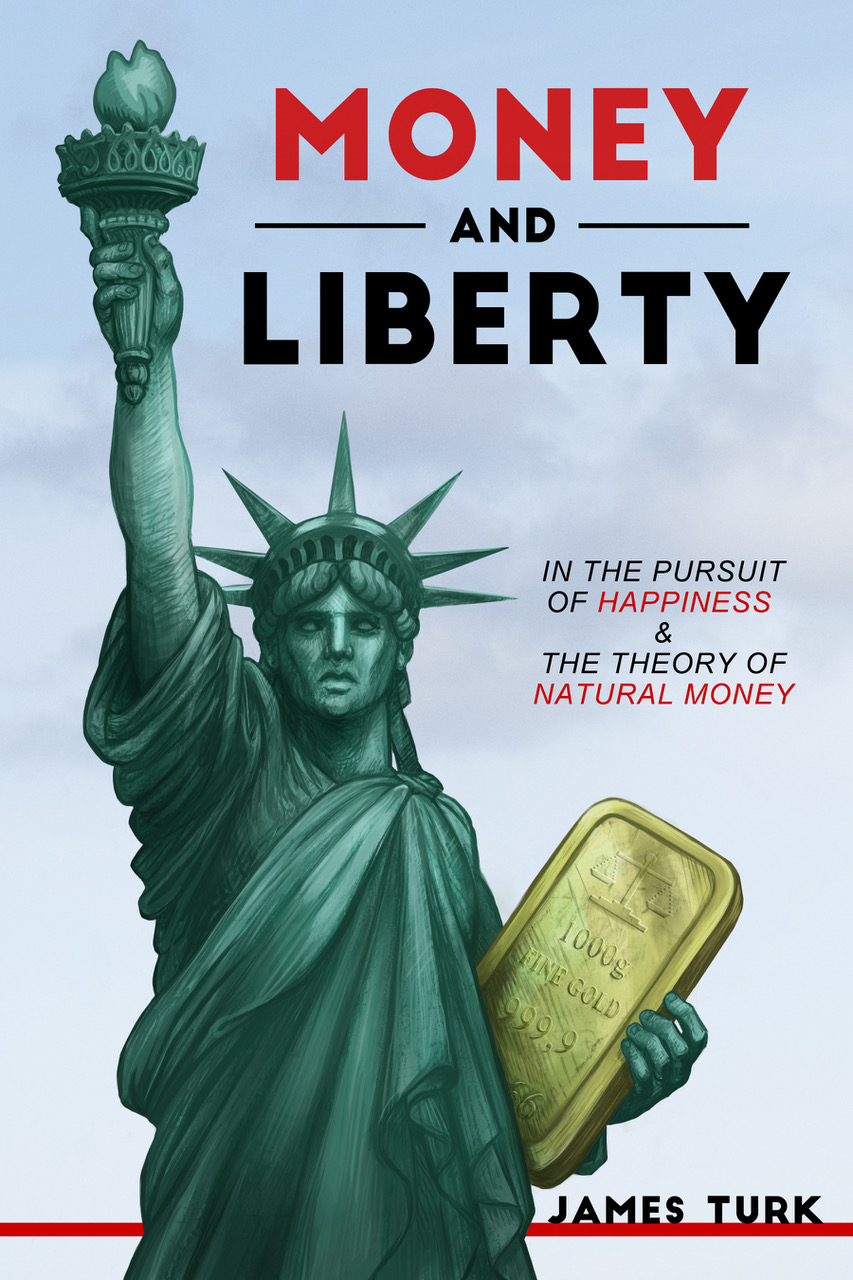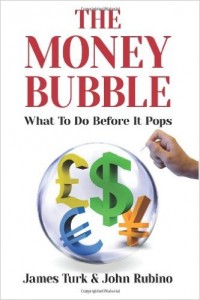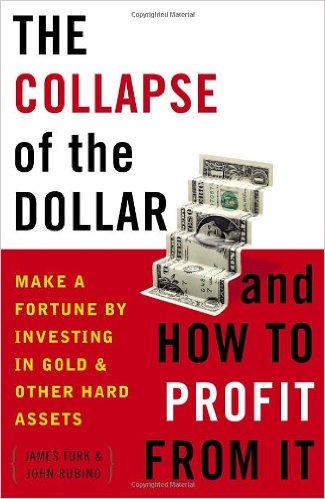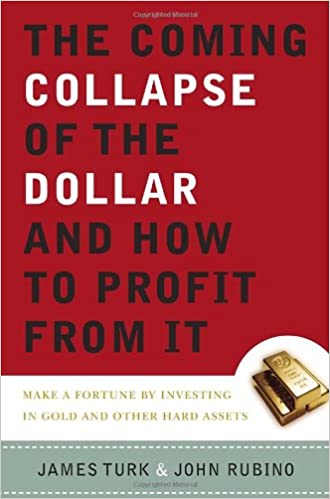May 12, 2008 – The Bush administration spin artists were out in force on May 8th. With the burst of activity that day, one can only assume that word came down from higher up to ‘make news’. And that they did, though “spin” would be a more accurate description of their comments than “news”, given the number of key spokesmen who were looking at the current economic and financial mess through rose-colored glasses.
First up was Council of Economic Advisers Chairman Edward Lazear who told a meeting of editors and reporters from the Wall Street Journal and Dow Jones Newswires (chosen no doubt to make sure his pronouncements would be diseeminated far and wide) that “The data are pretty clear that we are not in a recession.”
His comments stand in stark contrast to the many economists and businessmen – including sages like Warren Buffett – who believe that a recession is already under way. Lazear’s comments also ignore that the anemic 0.6% growth rate reported for the first three months of the year is distorted by the gocverment’s continued undereporting of the true inflation rate. Had that been accurately calculated, real economic activity after adjusting for inflation is no doubt in a decline.
Then later in the day Treasury Secretary Henry Paulson said U.S. financial markets are emerging from the credit crunch and that “the worst is likely to be behind us“. To emphasize this ‘good news’, The Wall Street Journal noted that his remarks were “possibly the most optimistic comments yet from the Bush administration on the financial crisis.” But Paulson didn’t stop there. He had still more to say later in the day.
Responding to questions from a Bloomberg reporter, Mr. Paulson assured us that “of course it’s in our nation’s interest” to have a strong currency. Too bad he is not doing anything to bring this about. He added that “the long-term fundamentals of the U.S. economy will be reflected in our currency.”
It is interesting that he spoke about the ‘long-term’, which no doubt is January, when Bush leaves office and someone else has to deal with the mess left behind by the outgoing administration. It is also noteworthy that he failed to mention anything about monetary policy, given that it is the #1 factor that determines the health of the dollar.
Of course, what else can we really expect Lazear and Paulson to say? The truth? But one has to wonder who these guys think they are fooling.
Maybe they were told to increase the level of rhetoric because of an article that morning in the Financial Times. It expressed the view of John Lipsky, a deputy managing director of the IMF, who is quoted as saying “inflation concerns have resurfaced after years of quiescence“.
What’s worse for the Bush administration is that Lipsky pinned the blame on the dollar. The FT explained it bluntly by saying that “the forces pushing prices up…were being amplified by lower US interest rates and the dollar’s decline.”
Or perhaps Lazear and Paulson were asked to go out and white-wash the outlook with their Pollyanna comments because they knew what was coming? Later the same day AIG reported a huge $7.8 billion loss for the first quarter largely because of their derivatives.
AIG took a $9.1 billion write-off in its credit-default-swap portfolio. Then in order to plug the hole in its balance sheet caused by this loss, AIG went on to announce that it would raise $12.5 billion of new equity, diluting shareholders and following the same path of other financial institutions that have been incurring big losses. After the announcement, Standard & Poor’s downgraded its credit rating on AIG from AAA, the highest possible rating, to AA+.
This news came just days after Fannie Mae, the mortgage giant with a portfolio loaded with junk loans of questionable value, reported a first-quarter loss of $2.2 billion, which is its third quarterly loss in a row. In addition to cutting its dividend to preserve capital, Fannie Mae also announced a plan to raise $6 billion in new common and preferred equity. This amount though is a mere drop in the ocean compared to Fannie’s $3 trillion of outstanding credits. One can only guess at the additional losses yet to be taken on these loans in the future as housing conditions deteriorate further, but these lossses are likely to be significant.
For example, according to todays’ Barron’s: “The majority of homeowners who bought in 2006 are under water, according to a new report from Zillow.com, a real-estate Website, which calculates that some 51.6% of those who bought two years ago owe more than their houses are worth. Folks who bought in 2005 and 2007 were only slightly better off, with 42% and 45% stuck with mortgages that exceed the value of their houses. That reflects the combination of the house-price declines of the past two years and the negligible equity that recent homebuyers put down when they bought.” These percentages are probably representative of the actual conditions of the borrowers in Fannie’s portfolio.
Then to drive the point home, Barron’s goes on to say: “The tipping point into delinquency and foreclosure seems to come when homeowners’ liabilities exceed the value of that asset — even more so than unemployment or other adversity. Defaulting then becomes a rational financial option.”
While the Fannie Mae loss was more or less expected, the AIG results were a shocker, and squashed any notion that the credit crisis was ending. Financial institutions around the globe have now recognized about $200 billion of losses, which by any measure is a gargantuan loss. But some observers believe that the problem assets within these institutions totals some $1 trillion, which I believe to be a conservative estimate as loan and derivative losses will no doubt increase as economic activity weakens and the recession deepens.
In any case, even if only one-half of these credit extensions are written-off and not recoverable, the banks, insurance companies, mortgage lenders et al. still have $300 billion to write-off. In other words, by this calculation, we are not yet even half way through this credit crsis.
Another indication that the crisis will worsen comes from the recent bank failures. There have been three FDIC-insured banks failing this year, and the largest occurred last week. A bank in Arkansas with $2.1 billion of assets collapsed, causing the FDIC to step in and take-over the mess.
We are in a financial crisis like no other. The over-extension of credit during the good times totally overwhelms any previous crisis. The virus-like spread of new, highly leveraged credit instruments has permeated sectors not effected in previous crises, for example, the bond insurers. The scope of esoteric financial derivatives is beyond comprehension. But we are also in a credit crisis like no other because the government is relying on spin and dodging the truth.
Bush is being increasingly compared to Jimmy Carter, another unpopular president, but the comparison is not fair. Carter’s poll ratings were not as low as Bush’s, and Carter admitted that the economy was a mess.








 My objective is to share with you my views on gold, which in recent decades has become one of the world’s most misunderstood asset classes. This low level of knowledge about gold creates a wonderful opportunity and competitive edge to everyone who truly understands gold and money.
My objective is to share with you my views on gold, which in recent decades has become one of the world’s most misunderstood asset classes. This low level of knowledge about gold creates a wonderful opportunity and competitive edge to everyone who truly understands gold and money.
